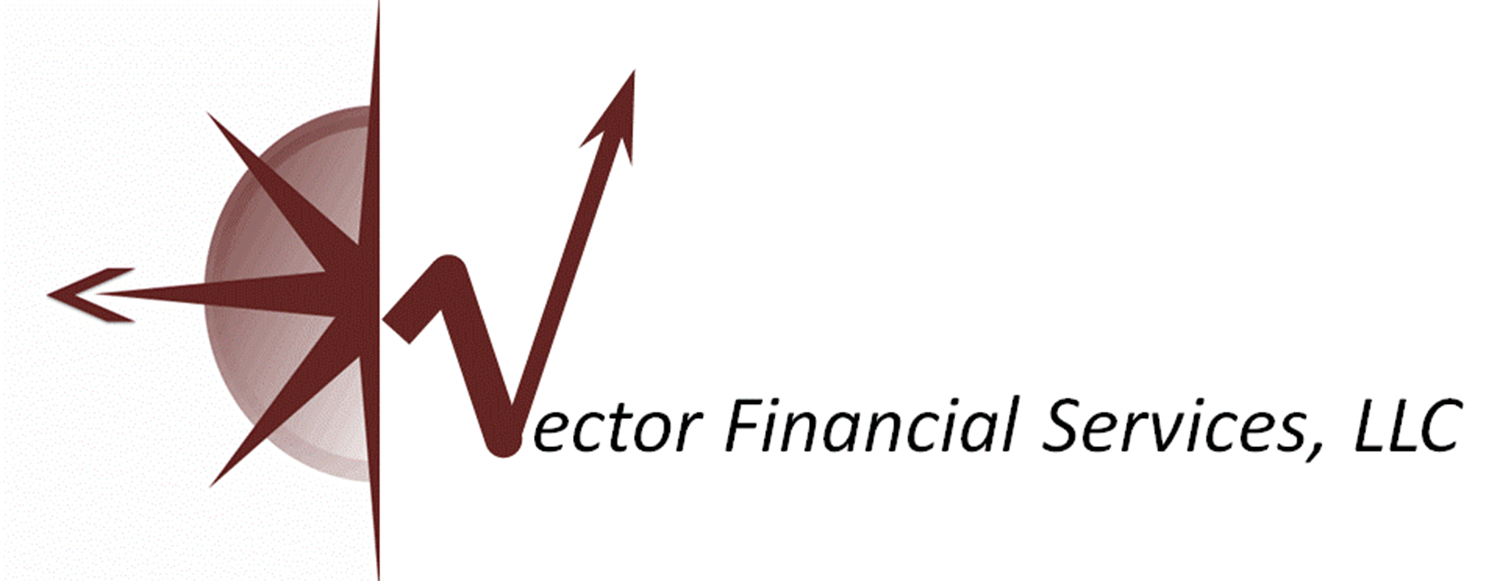April: A Month for Financial Awareness
April marks Financial Literacy Month, a time dedicated to highlighting the importance of understanding crucial financial terms. Developing financial literacy is empowering, as it helps you take control of your finances and make smarter monetary decisions. This blog aims to explain six essential financial terms that can significantly impact your financial journey, categorized into savings, credit, and lending.
Lending Terms
Collateral:
Collateral is an asset you offer to secure a loan, such as a home or car. The lender has the right to seize this asset if you default on the loan. Understanding collateral is crucial, as it involves risks and can affect borrowing decisions.
Equity: Equity refers to the ownership value of an asset after deducting any associated liabilities. In the context of homeownership, as you pay down your mortgage, your equity increases. This growing equity can be leveraged for opportunities like home equity loans, providing financial flexibility.
Credit Terms
Annual Percentage Rate (APR):
APR represents the yearly cost of borrowing, expressed as a percentage. It includes not only the interest rate but also fees, helping you understand the true cost of a loan or credit card. Comparing APRs is essential when evaluating different credit offers.
Annual Fee: An annual fee is a charge applied yearly to credit card or account services. While it might seem unnecessary, paying this fee can be worthwhile if the card offers specific benefits, such as rewards or premium perks.
Savings Terms
Compound Interest:
Compound interest is the interest on savings calculated on both the initial principal and the accumulated interest from previous periods. It enables savings to grow faster over time. For example, with compound interest, an initial deposit of $1,000 earning 5% annually will grow significantly over 10 years without additional deposits.
Pay Yourself First (PYF):
PYF is a budgeting strategy where you prioritize saving a portion of your income before spending on anything else. This method is a powerful tool for building financial security by consistently contributing to savings, even in small amounts.
Understanding these key financial terms is a foundational step towards achieving financial independence and making informed decisions. By learning and applying these concepts, you can take significant strides on your financial journey, turning literacy into empowerment.
